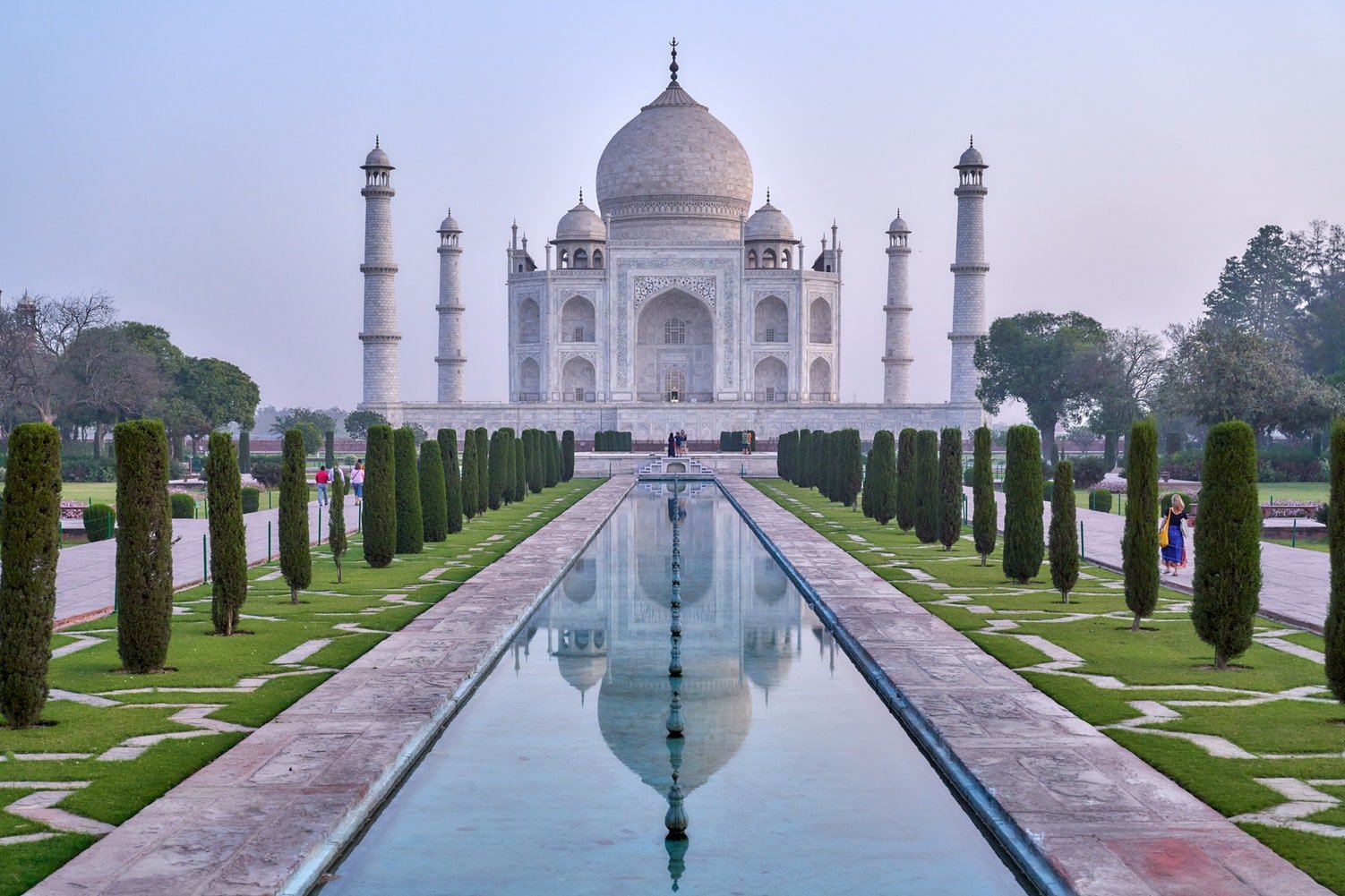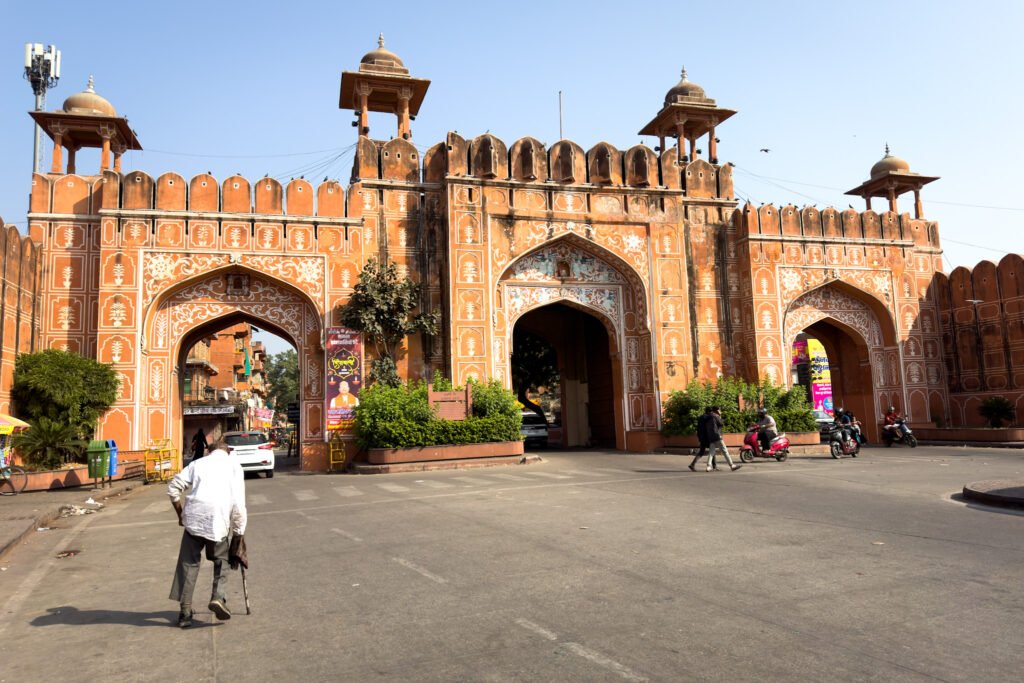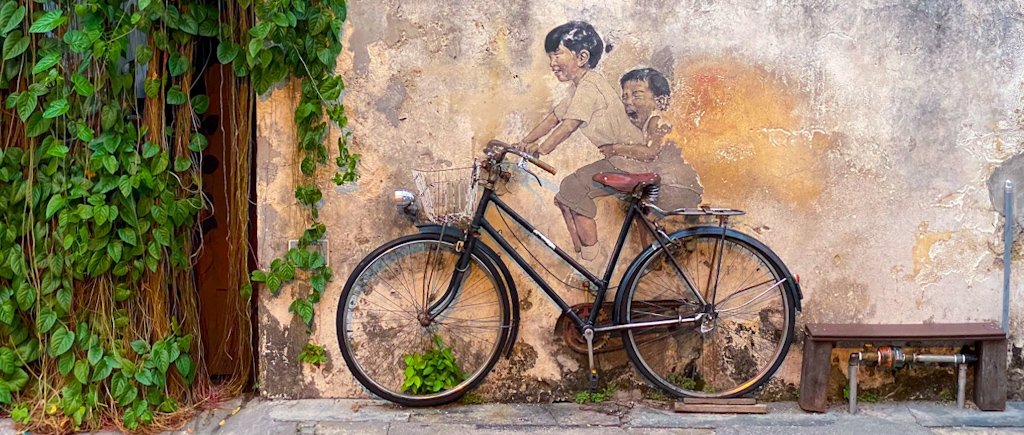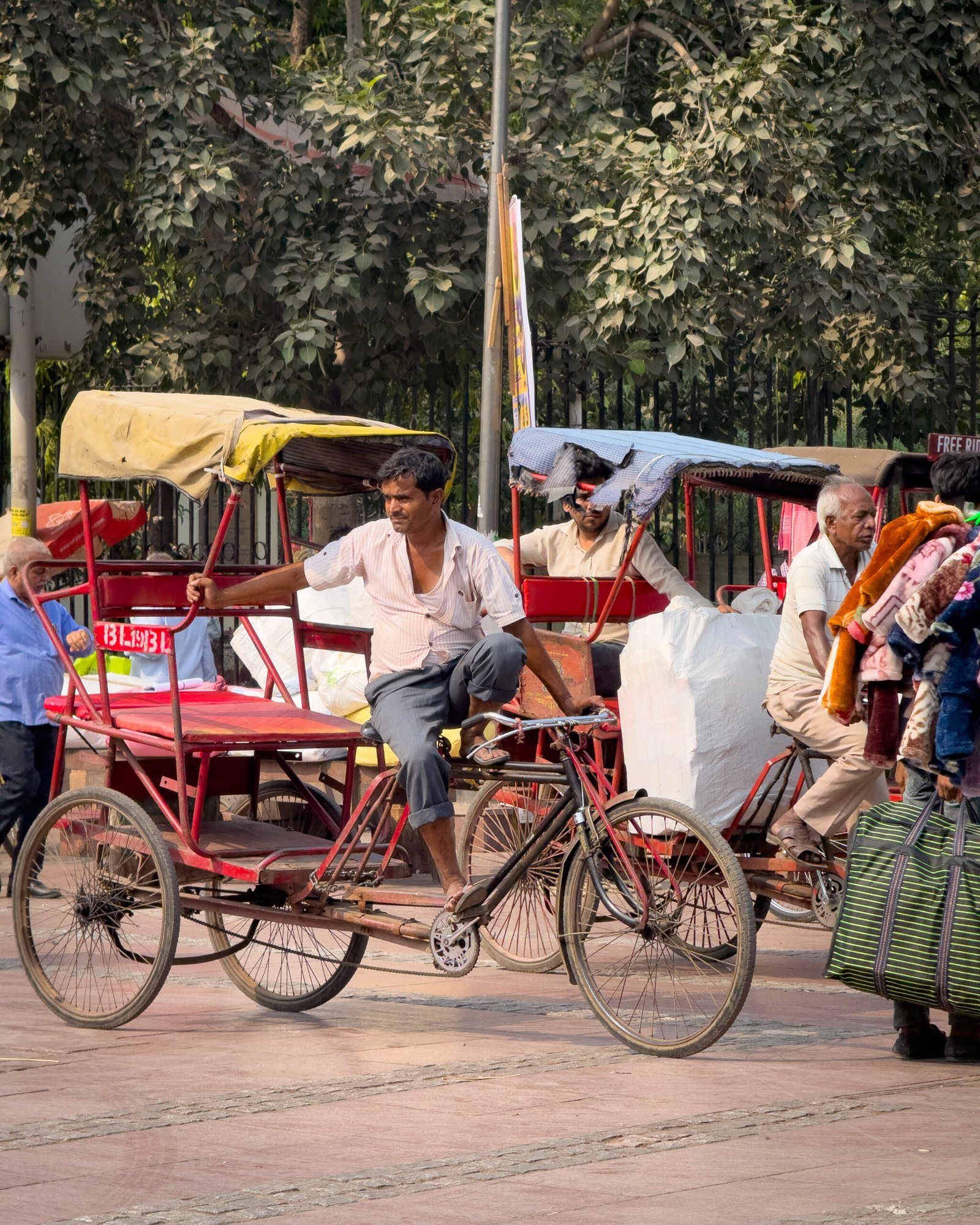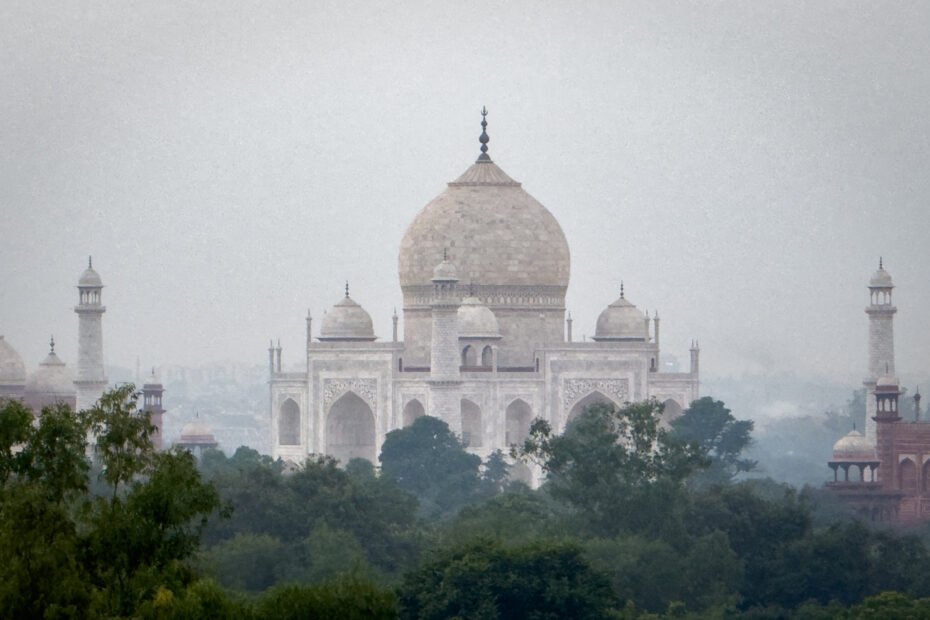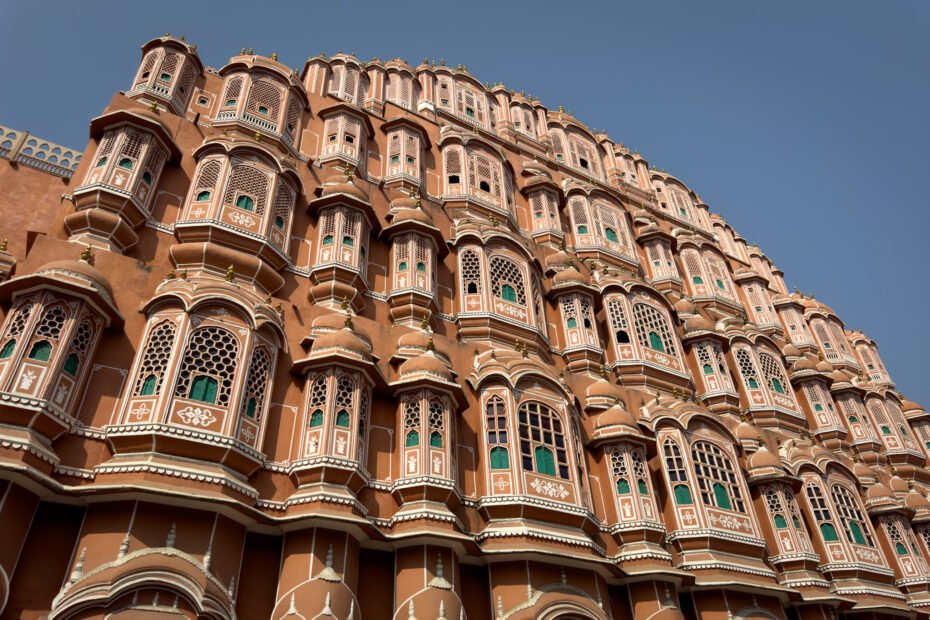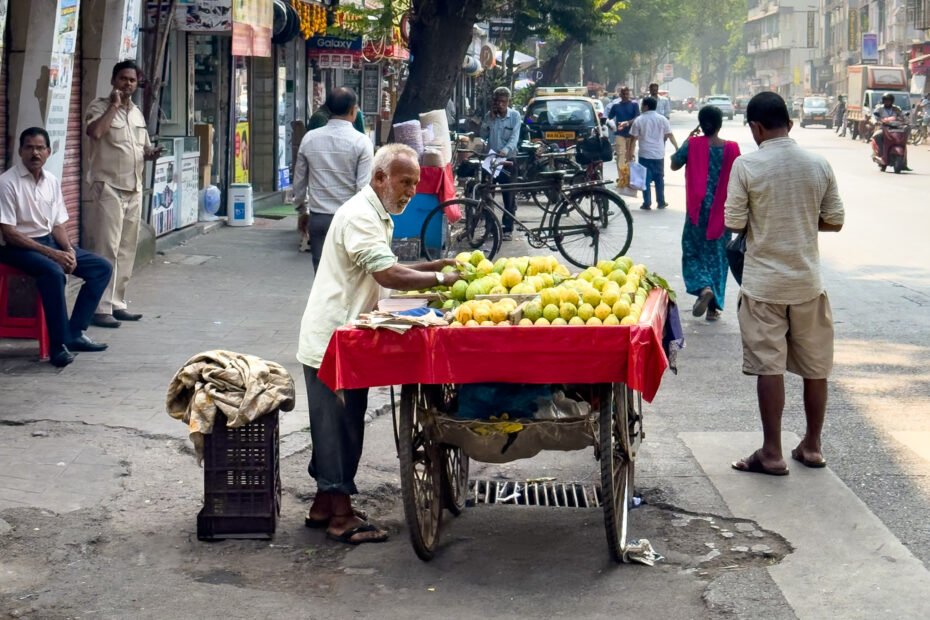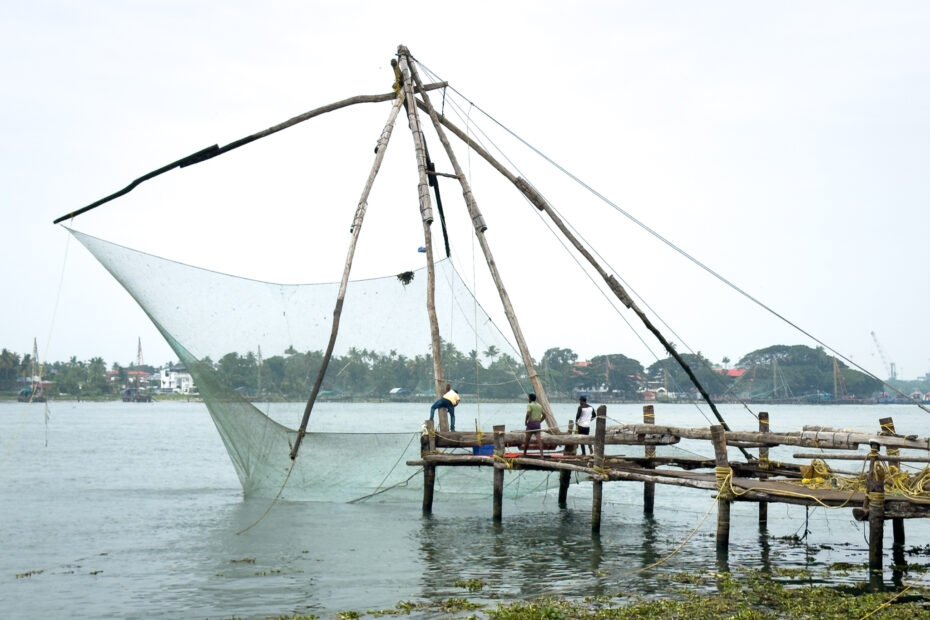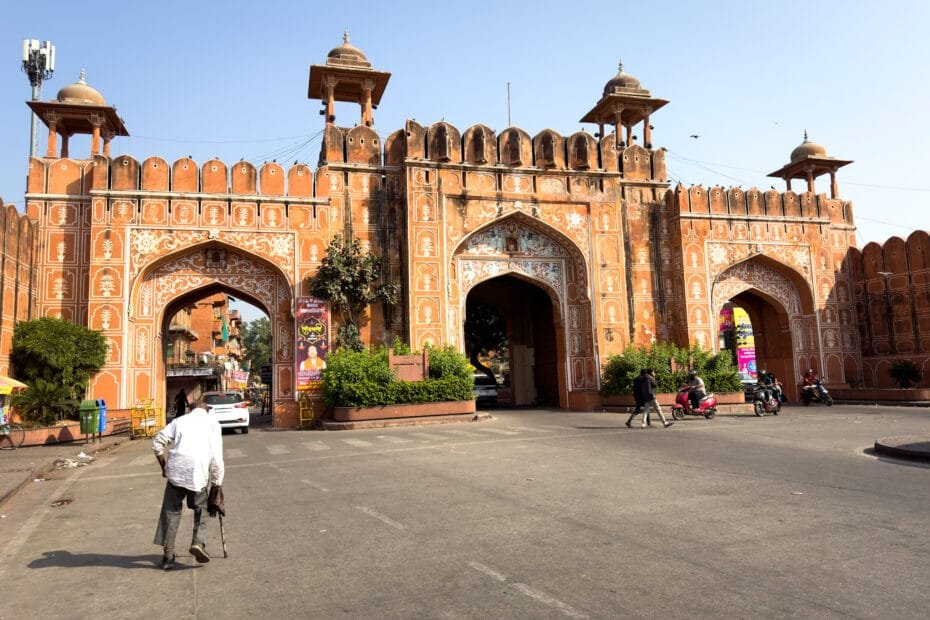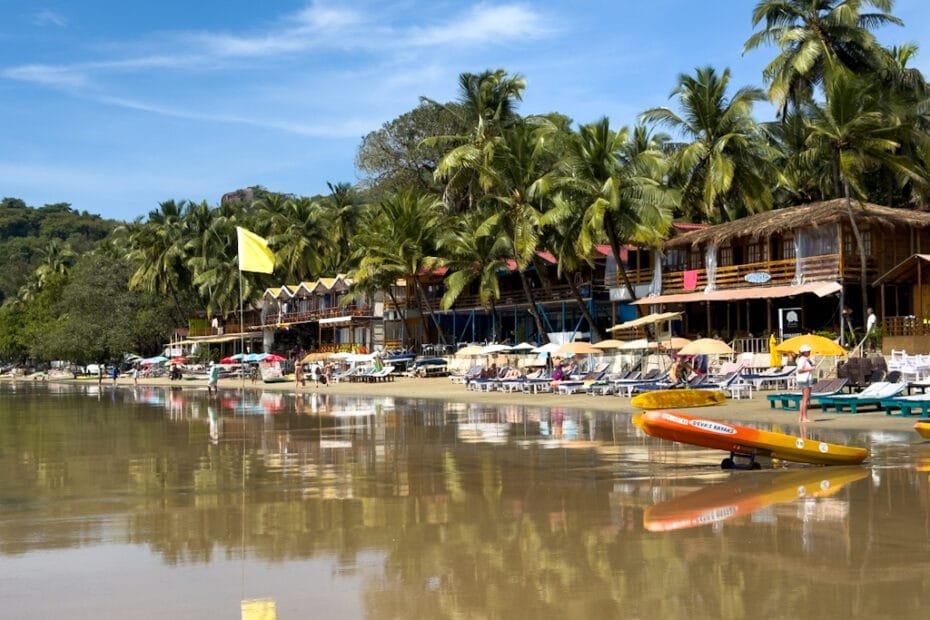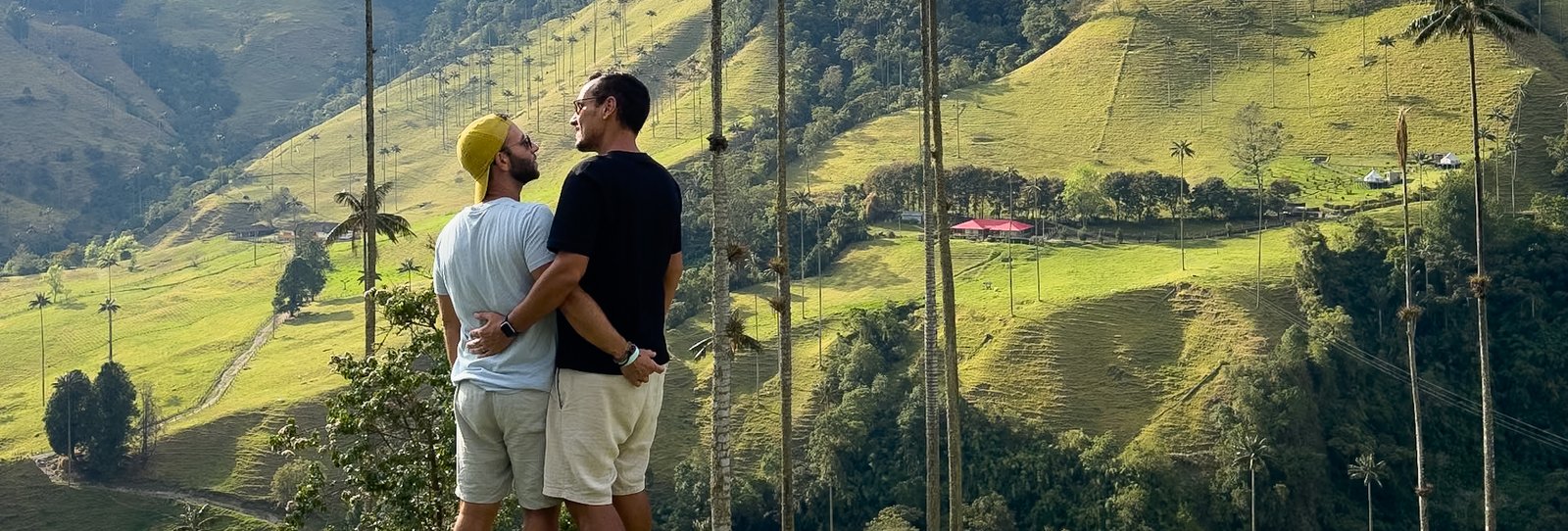Safety and Accessibility Tips in India
Is it safe to travel to India?
India is a captivating and generally safe destination for travelers, especially when exercising standard precautions. According to the U.S. Department of State, popular regions like Delhi, Rajasthan, Kerala, and Goa are safe, though travelers should remain cautious in crowded places. Petty theft can occur, so it’s best not to display valuables. Most visitors report incredibly positive experiences thanks to Indian hospitality and rich cultural diversity.
How accessible is transportation in India?
India’s railway network is one of the largest in the world and a reliable way to cover long distances. In major cities, metros (like those in Delhi, Mumbai, and Bangalore) and ride-hailing apps like Uber and Ola are widely available. According to Enable Travel, an accessible travel platform in India, mobility access is still developing. Some hotels, museums, and airports are equipped for travelers with disabilities, but planning ahead is important.
What should I know about Indian etiquette and culture?
Respect, modesty, and cultural etiquette are highly valued in India. As per the Incredible India Tourism Portal, it’s customary to remove shoes when entering homes or temples, wear modest clothing (especially in religious sites), and avoid touching someone’s head or pointing feet at people. Greeting others with “Namaste” — palms pressed together — is a warm and respectful gesture.
Is India LGBTQIA+ friendly?
India has made major strides in LGBTQIA+ rights. In 2018, the Supreme Court decriminalized homosexuality — a landmark ruling praised by groups like Human Rights Watch. Cities like Mumbai, Delhi, and Bangalore host active LGBTQIA+ communities, queer events like Mumbai Pride, and inclusive venues. While some regions remain conservative, LGBTQIA+ travelers typically feel welcomed and safe in urban areas.
